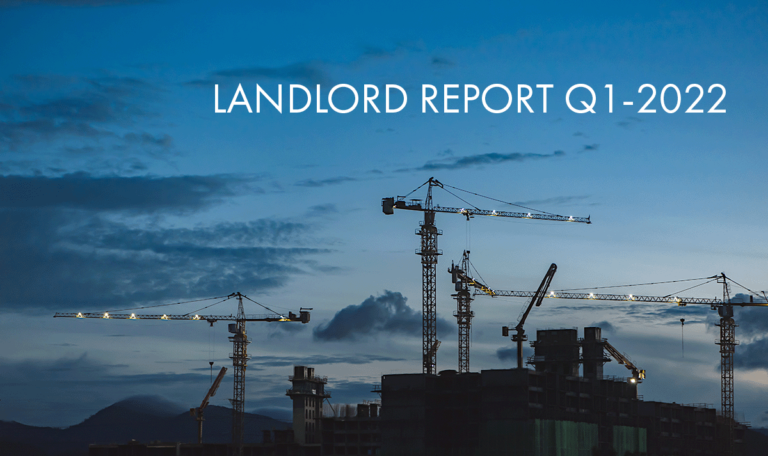Everyone loves to chat about cap rates… where are they currently? What direction are they headed?
It is difficult to have a conversation these days about the multi family market without discussing cap rates. Everyone loves to chat about cap rates…. where are they currently? What direction are they headed? Well my short answer for you is – they are extremely low, and they don’t appear to be rising anytime soon.
People love discussing cap rates because it is our easiest metric to evaluate an apartment building as an investment, however many people rely far to heavily on this number when considering a property. Every week, I have calls from investors and Realtors from Toronto calling on my listings – and the first question they always ask is “What is the cap rate?”… after my answer, they are often disappointed – expecting rates to be higher a little further down the 401. However that is not the reality for investors in the KWCG area. Their next question should be: Is there upside potential?
Cap rates mean different things for different people
For the average investor looking to buy and hold a stabilized investment property – the cap rate is the almighty factor. Unfortunately I find many investors have unreasonable expectations in their search for an elusive cap rate that starts with a 5 or a 6. Many people are amazed to learn that I have not sold an apartment building in the last two years above a 5% cap rate.
Challenges
The challenge for the average investor who focuses solely on cap rates is that they are competing against sophisticated, capital rich investors who do not necessarily care about their “going in” cap rate. These are strong buyers looking for value add opportunities – they are willing to pay a lower cap rate that is incomprehensible to the average investor because they have bigger plans and deeper pockets.
The Plan is Simple
Purchase a well located building with upside potential, spend significant money on improvements to the building, suites and finding operating efficiencies, to end up at an eventual attractive cap rate in the 7-10% range in 1-3 years time. Now, purchasing a building at a 3% cap rate does not seem so crazy does it?
This approach does not work for everyone
It requires a significant amount of capital, strong relationships with lenders, as well as a healthy appetite for risk. Because the cap rates are so low on these deals, typical lenders are not lining up to lend 75% of the purchase price on a building with a 3% cap rate…. it simply won’t cash flow and banks do not like that.
Buyers must have cash not only to close the transaction, but to make improvements to the property as well to increase the properties performance. It is likely they will have negative cash flow in the early stages of this process.
Advice for Buyers
So I will end this blog post with a bit of advice for buyers who are struggling to make sense of these record low cap rates – focus less on the going in cap rate – and look deeper into the transaction and what your cap rate could be in 1 or 2 years. What is the upside potential? You will continue to come across opportunities with low cap rates, but what could the value be with some heavy lifting? There is your opportunity, but perhaps it means purchasing a smaller building than you were initially looking for.
Value-add investing is not for everyone, and even if you are not interested in this type of project it is important to recognize what you are competing against to have a better understanding of the market.
Questions? Comments? Feel free to reach out anytime. Thanks for reading.



